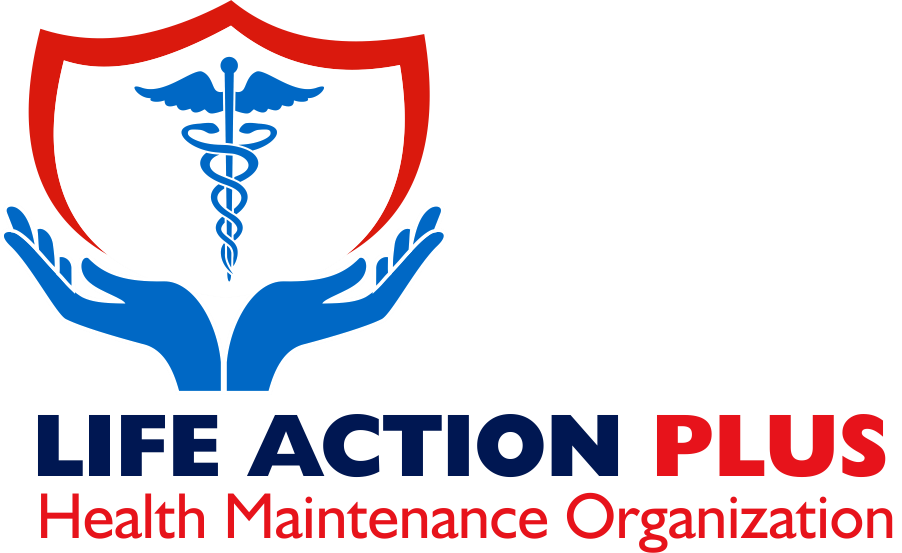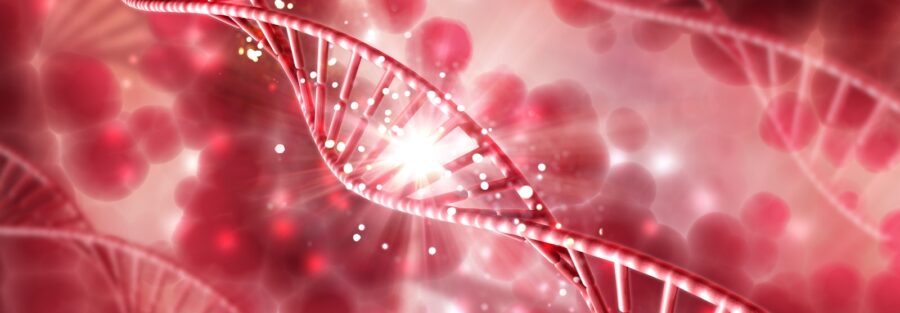Thrombosis is when a blood clot forms inside a blood vessel or within the heart. A blood clot is like a thick lump of blood that has become solid. It can obstruct the normal flow of blood through the vessels, or it may break free and travel through the bloodstream to other body areas. If a clot becomes lodged in a critical place, such as the lungs or brain, it can stop blood from reaching that organ, leading to a dangerous and potentially life-threatening situation.
Why Does It Happen?
Certain individuals are more prone to developing thrombosis due to specific health conditions or lifestyle factors. Understanding one’s risk can help avoid the condition, and being able to identify the symptoms can allow for prompt medical attention if needed.
Why Is It Serious?
Thrombosis can worsen quickly and turn into a medical emergency. The earlier an individual with symptoms receives medical help, the better the chances of recovery without severe complications.
If a person displays signs of thrombosis, seeking immediate medical care is essential.

What Problems Can Thrombosis Cause?
The complications vary depending on the location of the clot or where it travels. For example, if the clot affects the:
Lungs, it can lead to a condition called pulmonary embolism, which makes breathing very difficult.
Brain, it may cause a mini-stroke (known as a TIA) or a full stroke, impacting movement and speech.
Heart, it can result in a heart attack.
Neck, it could cause a stroke.
Stomach area, it may lead to a condition called mesenteric ischemia, affecting the intestines.
Types of Thrombosis
Arterial Thrombosis: This occurs when a blood clot forms in an artery. Arteries are blood vessels that carry blood from the heart to the rest of the body. Arterial thrombosis is a common cause of heart attacks and strokes.
Venous Thrombosis: This happens when a blood clot forms in a vein. Veins are blood vessels that return blood to the heart from other parts of the body. Venous thrombosis often leads to a pulmonary embolism, where the clot travels to the lungs.
Why Is It Dangerous?
Blood clots pose a risk whether they form in arteries or veins because they can:
- Block blood flow at the site of formation, causing issues in that area.
- Travels to other parts of the body, where they can become stuck in smaller blood vessels, leading to a blockage and conditions such as strokes or lung problems.
Understanding thrombosis is important for recognizing its symptoms early and seeking necessary medical attention to prevent serious outcomes.


